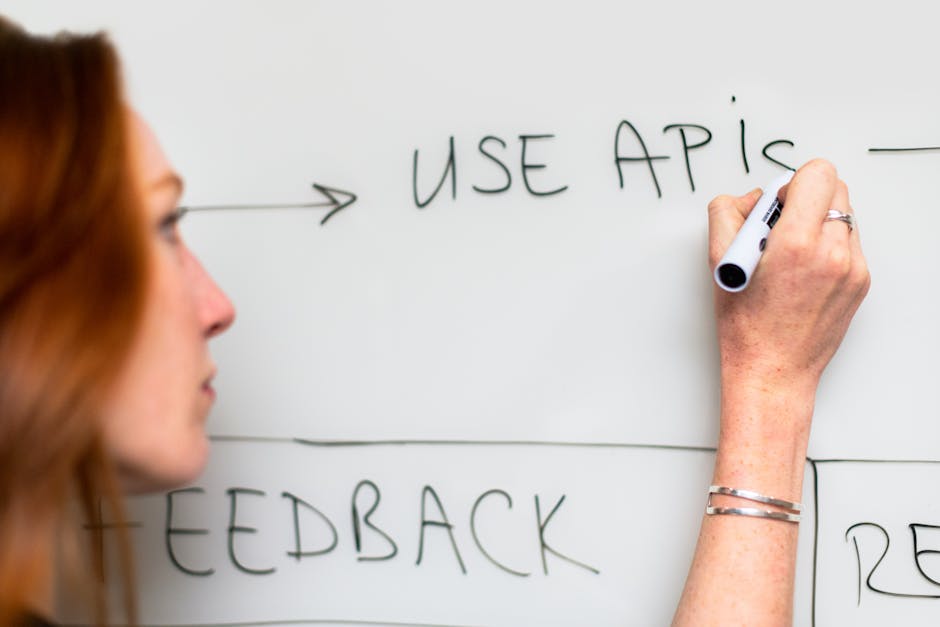TLDR
Automate and optimize invoice synchronization between your job management tools and QuickBooks to reduce manual effort, prevent costly errors, and achieve a near-zero touch process—especially useful for independent businesses in PA or CA using API tools and QB Online.The Hidden Cost of Manual Invoice Sync
When invoices pile up in inboxes or spreadsheets, cash flow quietly suffers
In 2018, a Home Depot franchise group lost over $75,000 in late‐payment fees simply because job IDs were mistyped. Even best‐in‐class platforms like Stampli’s QBO AP Automation can misassign line items or fire invoices before job closure without a custom payload and dispatch filter. Keystone Industrial’s finance lead reframed API integration as a strategic profit center, not just an IT task.
A Breakthrough from First Payload to Faultless Workflow
Keystone built its first JSON payload in Postman and discovered that connecting to ServiceTrade’s invoice endpoint “just worked”—no external library required.
Read the first‐win story
“After discovering a 17% quarterly invoice discrepancy in QuickBooks Online, the team reran the import with corrected mapping and compressed AP reconciliation time by 80%.”
This win saved six hours of manual checks every week and set the stage for zero‐touch AP.
- Pagination challenge: ServiceTrade returns 200 records per page.
- Solution: Automate
Linkheader processing with page and limit query parameters. - Error fix: Corrected
invoice_datemapping to resolve 400 responses. - Dispatch filter: Only closed work orders generate invoices, eliminating “invoice fired before job was closed.”
Designing a Bulletproof Invoice Sync Framework

- Extraction
- Query completed invoices with pagination and custom tags; use a timestamp watermark to fetch only new or updated records, cutting payload size by up to 70%.
- Transformation
- Map JSON arrays into QBO’s Line objects; validate job_id, service items, tax codes, and department; distinguish DocNumber vs. TxnNumber.
- Load
- POST new invoices or PATCH updates with exponential‐backoff on 429 and 500 errors, reducing failed calls by 60%.
| Endpoint | HTTP Method | Status/Note |
|---|---|---|
| /invoices?status=Completed | GET | Paginated, 200 per page |
| /invoices | POST | Creates new invoice |
| /invoices/{id} | PATCH | Updates existing invoice |
| /link-header | GET | Fetches next page URL |
| Consider using idempotency keys, monitor rate limits, search terms: API pagination, exponential backoff. | ||
Technical Deep Dive and Next Steps
Postman Integration
Store QBO OAuth tokens and ServiceTrade credentials as environment variables. Run Newman in CI/CD to catch mapping regressions before they reach production.
Error Handling
Log payloads on 400‐level responses, parse error messages, and auto-notify finance leads. Implement fallback workflows for undocumented status codes to avoid manual triage.
Extensibility
Consider Paiy for compliant timesheet automation: export timeclock data to ServiceTrade, sync hours to payroll, then generate cost invoices automatically.
API integration, QuickBooks Online, QBO, invoice sync, Postman, API testing, automation, workflow automation, data mapping, JSON payload, pagination, error handling, rate limits, exponential backoff, accounting automation, financial operations, API endpoints, invoice management, reconciliation, manual invoice processing, independent business, Pennsylvania, California, finance led, controllers, financial operations lead, API workflow, invoice reconciliation, real-time data sync, cost reduction, integration strategy, error monitoring, API filtering, #automation, #API, #accounting, #workflow, #finance, California, Pennsylvania